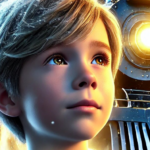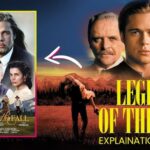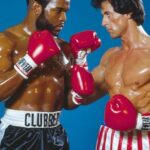Happy Gilmore 2 (2025)
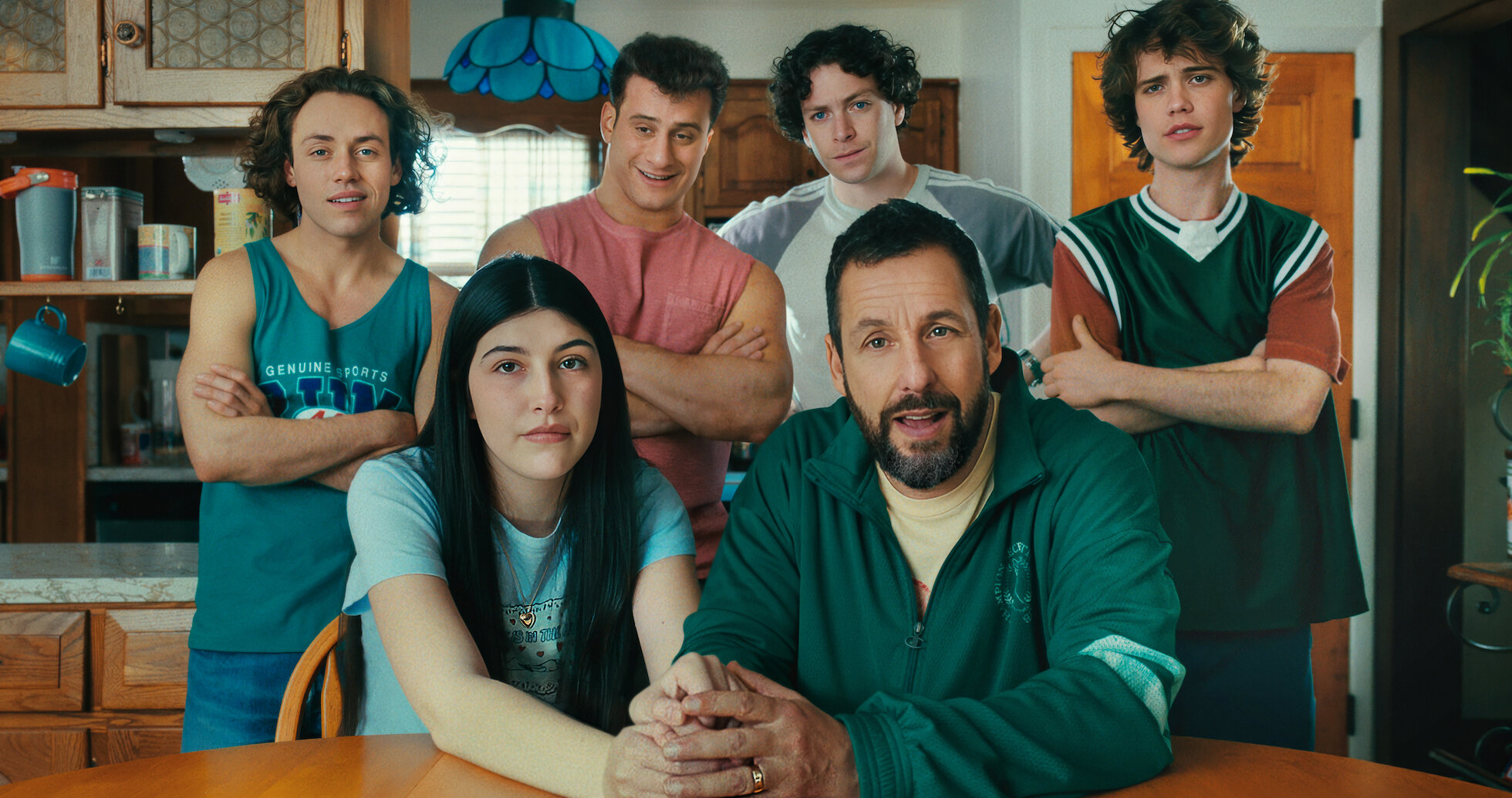
Happy Gilmore 2 (2025)
Nearly 30 years after his first big win in the Happy Gilmore world, Happy Gilmore (Adam Sandler) is no longer in the limelight. After a successful career—he won six Tour Championships after the original’s big moment—Happy’s life takes a tragic turn. His wife, Virginia (Julie Bowen), is accidentally killed in 2014 when one of Happy’s drives hits her in the head. Devastated by her death, he abandons professional golf. He battles grief and guilt, which lead him into alcoholism and financial ruin. One incident involving a repossession worker who he mistakes for a car thief results in a lawsuit, deepening his downward spiral.

Years later, Happy has largely faded from fame. He’s working at a supermarket and living only with his youngest child and only daughter, Vienna (played by Sunny Sandler). His other four children—Gordie, Wayne, Bobby, and Terry—have moved out to support themselves and help with their father’s responsibilities. Vienna dreams of becoming a ballet dancer, and her teacher recommends a four-year ballet school in Paris, which comes with a $75,000/year price tag. This financial burden becomes the catalyst that pulls Happy back toward golf.
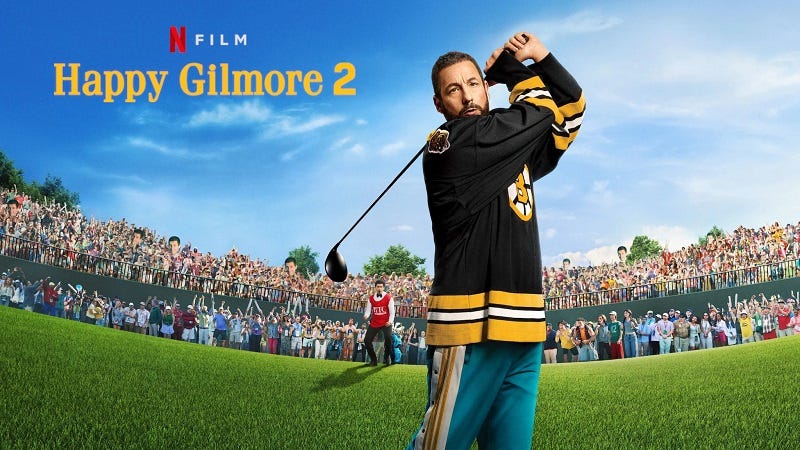
At this low point, Frank Manatee (Benny Safdie), CEO of an energy drink company and the head of a new golf league called Maxi Golf, approaches Happy with an offer to be their star. At first, Happy resists returning to the sport. But as he contemplates how to pay for Vienna’s school, he feels the pull back into competition.
Happy’s path to a comeback is bumpy. He’s rusty, has lost his touch, and struggles with personal demons. He goes through an alcohol treatment program, deals with legal troubles, and is forced to participate in a support group (led by Hal L., a character played by Ben Stiller). Meanwhile, his old rival, Shooter McGavin (Christopher McDonald), is also in the mix, having suffered mental health challenges since the first movie. McGavin returns in some capacity—part of the tension involves how he fares in this changed golf world.
As the story moves toward the big tournament, Happy tries to resurrect his style—his slam-bang drives, unconventional swing, hockey-stick putter, and that trademark attitude—while adapting to changes in how golf is played (new formats, more spectacle, younger players, etc.). He aims to win enough to afford Vienna’s schooling, confront his past and grief, and reclaim his place in the sport. He is helped by new allies (like his caddy Oscar Mejías) and faces moral choices—about how far he’s willing to go, compromises in the name of money versus integrity, and whether he can find balance between performing for an audience and playing for heart.
The film’s tone mixes nostalgia (callbacks to the first movie, returning characters, iconic moments) with newer, more personal stakes. It’s not just about golf anymore—it’s about family, coping with loss, redemption, letting go of guilt, and rediscovering what gives you purpose.
